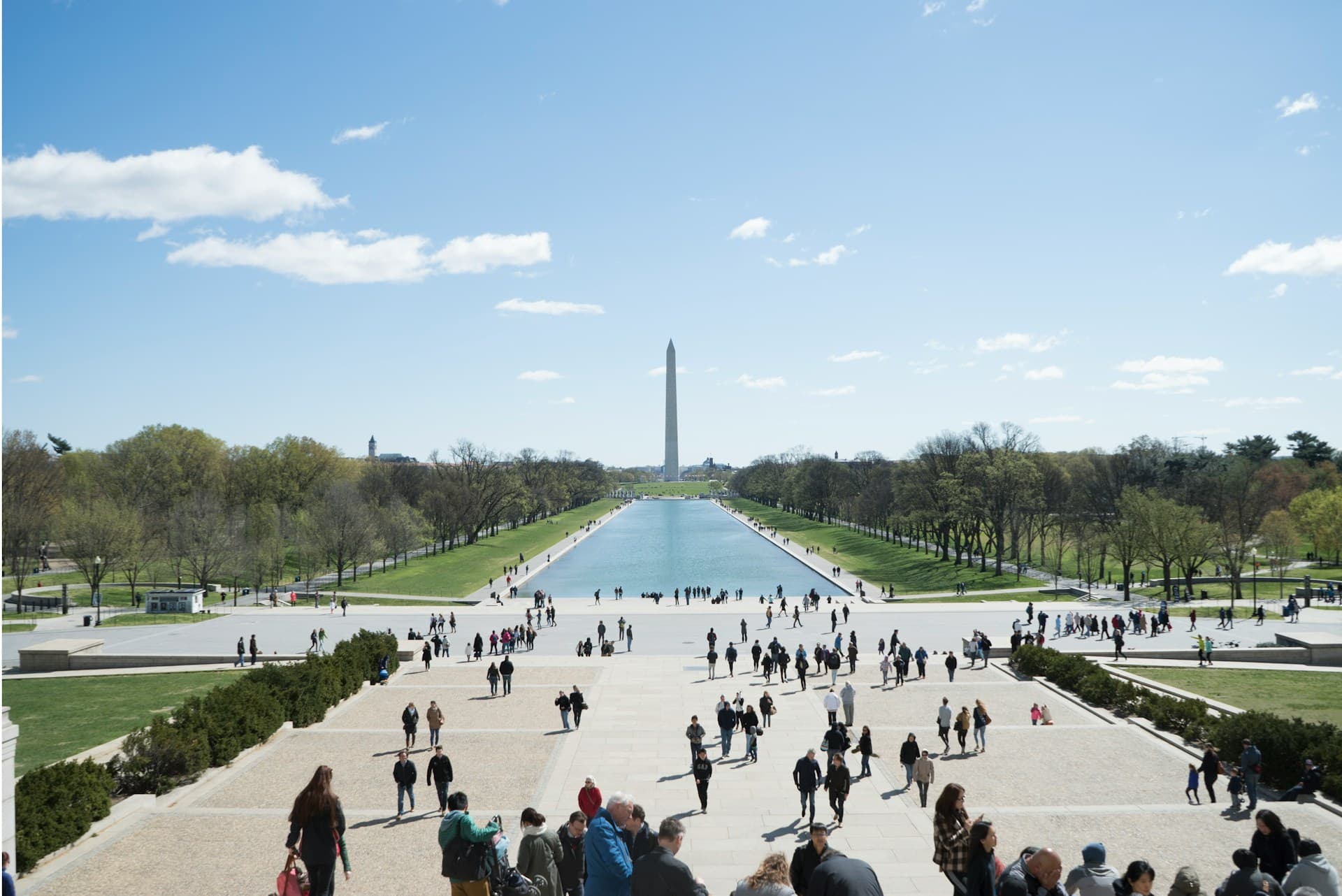The Big Loser in the Nevada Caucus: The Pollsters

With Iowa, New Hampshire, and Nevada now in the books for the 2016 Democratic primary, one thing has been certain: the pollsters aren't doing a good job of predicting their outcomes.
Modern polling science is pretty accurate -- we don't see too many President Dewey mistakes at this point. But at the same time, almost all of the major polling prior to each contest has turned out highly inaccurate, and at times way outside of even the margin of errors.
Take, for instance, the Nevada caucus. The major polls leading up to the election were:
- TargetPoint/Washington Free Beacon had it 45-45 tie with 9 pts still undecided;
- CNN had it 48-47, Clinton;
- Gravis Marketing remarkably was dead on with 53-47, Clinton.
Only one out of three polls had it called 'right,' with the rest outside of their own margin of error for the sampling.
Why is this?
Polling science relies on a very specific term when sampling for their predictions -- likely Democratic voters -- which means that they are only interested in actually talking to and finding out the opinions of those who are most likely to actually get to the polls.
Instead of just calling up a sampling of registered Democrats, they try to build a statistical model for what the demographics and breakdown of the electorate will be, not what the population of Democrats makeup 'is.' This is a huge difference when it comes to statistical modelling.
Several things are killing the traditional model, as shown with the Nevada exit polls from CNN:
- Sanders is capturing the largest part of the under $100k income makers; but
- Clinton is capturing the lion's share of the non-white vote in all demographics.
- Sanders is capturing the college age vote by a landslide; but
- Clinton holds on to the +45 voting bloc that traditionally makes up those making it to the polls on election day.
- Sanders is capturing the largest part of first time voters; but
- First time voters are not coming out in the numbers they did for Obama in 2008 and 2012.
- Clinton was first seen as the ideal candidate to represent women's rights and feminism; but
- Sanders is overwhelmingly capturing the young female vote.
- Sanders is rallying the most liberal factions of the party; but
- Clinton is holding on to the moderate section of the party, which also captures much of the non-aligned votes in open primaries.
- Sanders is seen as the most caring candidate and most honest; but
- Clinton is seen as the most electable and the best qualified.
There's an old adage in politics that it takes a southerner for the Democrats to win the White House. Even though a New York expatriate, Clinton's ties to the South are going to be vital in winning the most crucial area for Democrats.
Restating my own predictions, Bernie will win New England and the liberal West, possibly take Florida and split the Northern Rockies. Hillary will sweep everything else and win on superdelegates. Of course this 'could' change overnight if one side comes out of Super Tuesday with a windfall, as the other states 'rubber-stamp' the victor all the way to the convention.
In the end, the 2016 Democratic race is a nightmare for the pollsters, with too many new variables that don't fit within the traditional model. In this case, polling really can't be trusted until the last ballot is cast, and Super Tuesday will likely yield a front-runner with an insurmountable lead.



